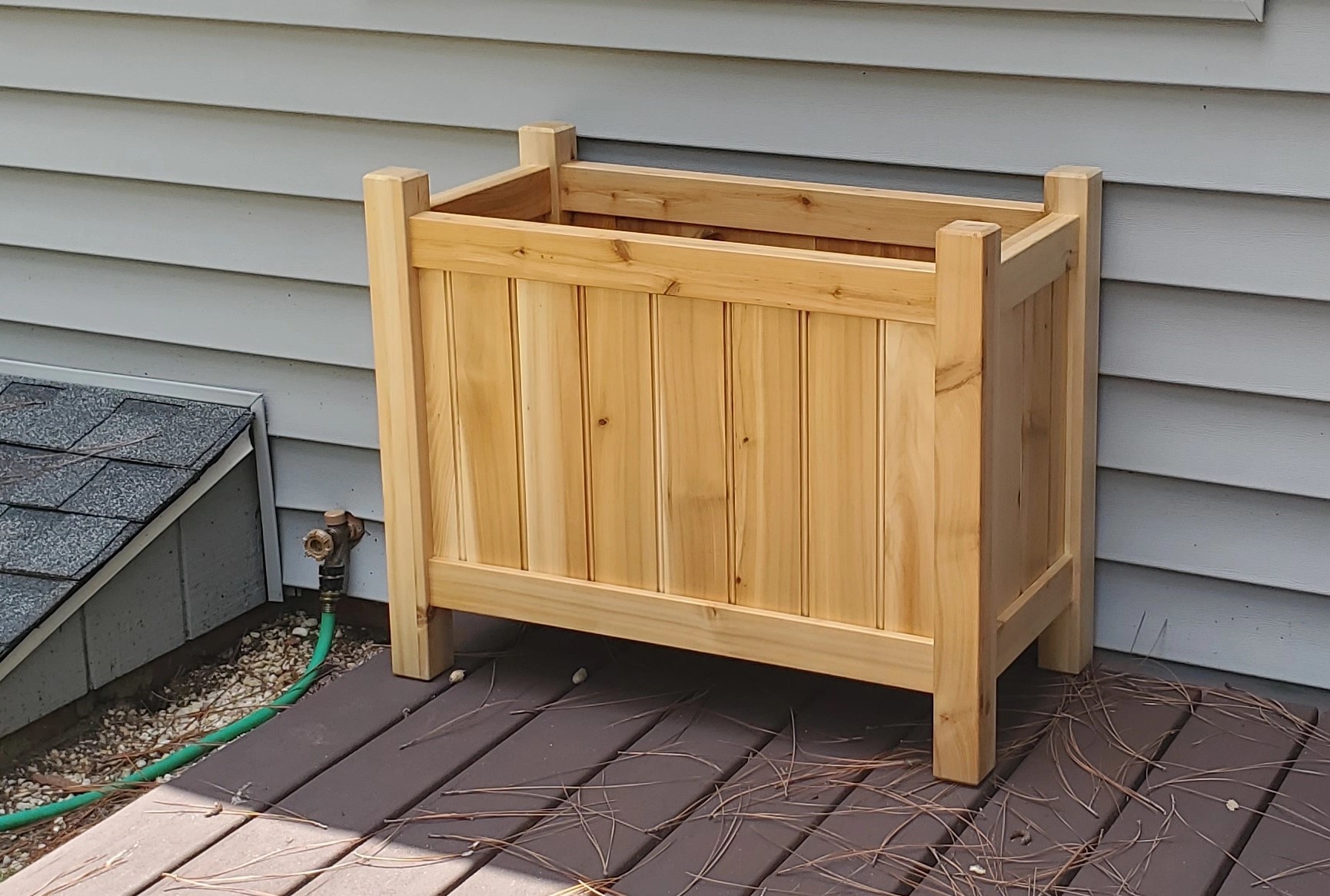Ooh nice! Did you have any issues working with the Katalox? I just got some and it’s so hard it feels like tile!
- 0 Posts
- 5 Comments

 5·1 year ago
5·1 year agoI know it may seem obvious, but did you check the pins of the BOOT0 switch itself and the nearby capacitor? A stray bit of solder there could cause the switch to appear always held down by shorting either the cap or the switch. It doesn’t appear that the boot0 line goes anywhere other than there and the main microcontroller so the issue is likely there.
I believe the calibration for these grinders looks something like
- Unplug power
- Slowly turn grinder by hand while empty
- Slowly adjusting grinder knob until grinding plates just barely touch when spun by hand
- Adjust dial facade to indicate this is the new “zero” location
Either way, the term “calibration” + the name of your grinder should get you a fairly specific run down.
It’s worth noting that if your grinder wasn’t calibrated like this when you got it then your notes will indeed need to be redone. But only once because next time you disassemble for cleaning you start at the known zero point again by going through the simple calibration process.

 16·1 year ago
16·1 year agoIt’s worth noting that the job of auto-mounting a removable drive is often hidden behind the popular file managers, if you want to do it without one you are probably looking for the “udiskie” application that does this in a more agonistic/generic sense. https://github.com/coldfix/udiskie. With that running in the background to automount, then you can just access the drives from their auto mountpoints in the default location of /run/media/username/drive_label


I suppose that makes sense given that information is encoded as a series of key frames interspersed by 'I-frames" that simply encode the delta to the previous key-frame when using most compressed video algorithms. So cutting in-between key-frames doesn’t really make sense since the I-frame would no longer have anything to reference it’s delta to.